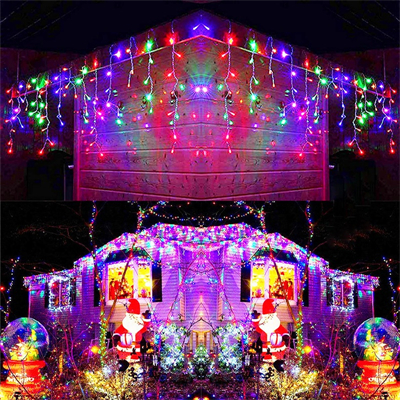The impact of Christmas trees can be both positive and negative, depending on various factors, including how the trees are sourced, used, and disposed of. Here are some of the key environmental and social impacts associated with Christmas trees:
Positive Impacts:
- Carbon Sequestration: Christmas trees, particularly live trees, can help sequester carbon dioxide (CO2) from the atmosphere as they grow. This can contribute to mitigating climate change, as CO2 is a major greenhouse gas.
- Economic Benefits: The Christmas tree industry provides employment opportunities and economic benefits in regions where trees are grown and sold. It can be a significant source of income for farmers and tree growers.
- Tradition and Community: Christmas trees are a central symbol of the holiday season, fostering a sense of tradition and community. Decorating and sharing a Christmas tree can bring families and communities together.
- Wildlife Habitat: Christmas tree farms can provide habitat for various wildlife species. In some cases, these farms may support local biodiversity and serve as corridors for wildlife movement.
Negative Impacts:
- Deforestation: Cutting down Christmas trees, especially from natural forests, can contribute to deforestation if not done sustainably. This can result in the loss of habitat for wildlife and disrupt ecosystems.
- Resource Use: The production and transportation of Christmas trees can consume resources such as water, fertilizer, and energy. The environmental impact depends on how the trees are grown and transported.
- Chemical Use: Some Christmas tree farms use pesticides, herbicides, and fertilizers, which can have negative environmental impacts and potentially harm local ecosystems and water sources.
- Waste Generation: After the holiday season, many Christmas trees are discarded, leading to waste. If not properly recycled or composted, these trees can contribute to landfill waste.
- Fire Hazard: Dry Christmas trees, especially those that are not properly watered, can pose a significant fire hazard in homes. Each year, there are incidents of tree-related fires that result in property damage and sometimes injuries.
To minimize the negative impacts associated with Christmas trees and maximize the positive ones, consider the following practices:
- Choose sustainably: Opt for Christmas trees that are grown on tree farms specifically for harvest. Look for certification programs like “Certified Naturally Grown” or “Organic” if you’re concerned about chemical use.
- Recycle or compost: After the holidays, recycle your Christmas tree through local programs that chip or mulch the trees for reuse in landscaping or as wood chips. Alternatively, you can compost your tree.
- Artificial vs. Real: Consider the environmental impact of artificial trees, which are typically made from non-biodegradable materials like plastic. If you choose an artificial tree, use it for many years to minimize its environmental impact.
- Reduce waste: Consider alternative Christmas tree decorations and ornaments that can be reused from year to year, reducing waste associated with disposable decorations.
- Fire Safety: Keep your Christmas tree well-watered to reduce the risk of fire. Ensure that it’s positioned away from heat sources and that the lights are in good condition.
By being mindful of the environmental and social impacts of Christmas trees and adopting sustainable practices, individuals and communities can enjoy the holiday tradition while minimizing its negative effects on the environment.
























